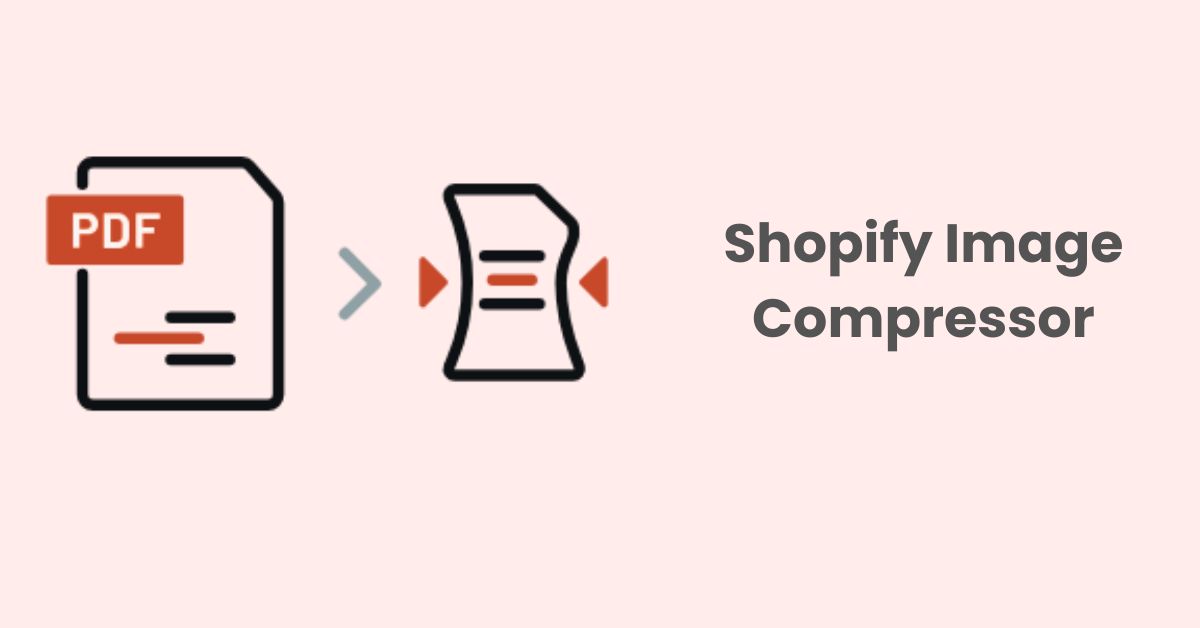Using Heading Tags Effectively to Boost SEO Rankings
Structure your content is important to rank for search engines that’s why we should use heading tags (also known as header tags) for comprehension and SEO.
In this post, we will walk you through everything about heading tags. Then, you can add them to your content on your own. Let’s get started!
What Are Heading tags?
Headings tags are HTML elements that are used to define the hierarchy and structure of the content on a webpage. They range from H1 to H6, with H1 being the most important heading and H6 being the least important.
H1 tag is typically used for the main heading or title of the page, while H2 is used for subheadings or sections within the page. H3, H4, H5, and H6 tags are used for further subheadings or subsections within the page.
Using proper heading tags not only helps structure the content for better readability and user experience but also provides search engines with a clear idea of the topic and structure of the page. This makes it easier for search engines to crawl and index the page, which can have a positive impact on the page’s search engine ranking.
Heading Tags And SEO
Heading tags may seem insignificant, but they play a vital role in providing structure to content and highlighting critical ideas, themes, and keywords. Proper use of header tags can significantly impact keyword relevancy and readability, which is essential for search engine optimization.
When Google crawls web pages, it analyzes the text, images, and other elements to understand the page’s context. By using text in header tags, you signal its importance to Google, and it uses this to determine the page’s context. This helps Google serve up results relevant to searchers’ queries.
Using header tags correctly is crucial to ensure that they match the keyword intent. Without relevant keywords in the H1 tag or using irrelevant text in the H2 and H3 tags, Google may struggle to understand the page, and it may not rank as well as it could.
For instance, using “eCommerce” as the keyword, the H1 tag should read “The Guide to Starting an eCommerce Business.” It’s also essential to use keyword-centric H2 sections surrounding popular long-tail keywords related to eCommerce, such as “five steps for creating an eCommerce business” or “best social media tools for eCommerce.” Easy keyword research can be done using keyword research tools like SEMRush or Ahrefs.
Headers also make pages more readable and keep information organized, which helps readers find the information they need. Proper use of header tags can ensure that the sections make sense and are readable, which can help the page rank better.
How to add heading tags
To create an H1 heading, simply use the <h1> opening tag, followed by the H1 text, and close it with the </h1> closing tag. This same process applies to all other types of header tags.
Keep in mind that Google utilizes heading tags to interpret the content of your webpage. Therefore, it is essential to review your HTML header tags to ensure they are correctly formatted.
Fortunately, some blogging platforms such as WordPress and HubSpot provide an option in their toolbar to create header tags. This convenient feature eliminates the need to delve into the source code or HTML every time you want to include a header tag in your content.
Add Heading Tags To Your Shopify Stores
With a myriad of themes, adding heading tags to a Shopify store can be a complex task that demands coding expertise. However, there’s an alternative solution available through the SearchPie app. By installing this app, you can easily connect with their team of experts, who are available 24/7 via live chat.
Once the app is installed, you can initiate a live chat with the SearchPie team and explain your requirements regarding heading tags. Whether you need to add specific tags or optimize your store for SEO, their experts can guide you through the process or even handle it for you.
Simply follow their instructions and leverage their expertise to ensure your Shopify store is properly optimized.
How to use headings effectively
Heading tags are important for SEO because they help search engines understand the structure and hierarchy of your content. Here are some tips for adding heading tags to your website:
Use The Correct Heading Tag Hierarchy
Use H1 for the main title of your page and use H2, H3, etc. for subheadings and section titles. Make sure to use them in order, starting with H1 and going down the hierarchy.
Use Descriptive And Relevant Heading
Your headings should accurately describe the content that follows and contain relevant keywords that are related to the topic of the page.
Keep Your Headings Concise
Avoid using long headings that are difficult to read or understand. Keep your headings short and to the point.
Use Only One H1 Per page
While you can use multiple H2, H3, etc. on a page, it’s important to only use one H1. This is because search engines use the H1 to determine the main topic of the page.
Don’t Use Headings Just For Formatting
Use headings to structure your content, not just for formatting purposes. Don’t use H1 or other headings for styling purposes alone.
Final thoughts
In conclusion, heading tags are an important component of creating well-structured and optimized web content. By using them effectively, you can improve the readability and accessibility of your content, make it easier for search engines to understand the hierarchy and structure of your webpage, and ultimately drive more traffic to your site.
Remember to use heading tags appropriately, keep them concise and descriptive, and follow best practices for using them in your HTML code. With these tips, you can create content that is both user-friendly and optimized for SEO.





